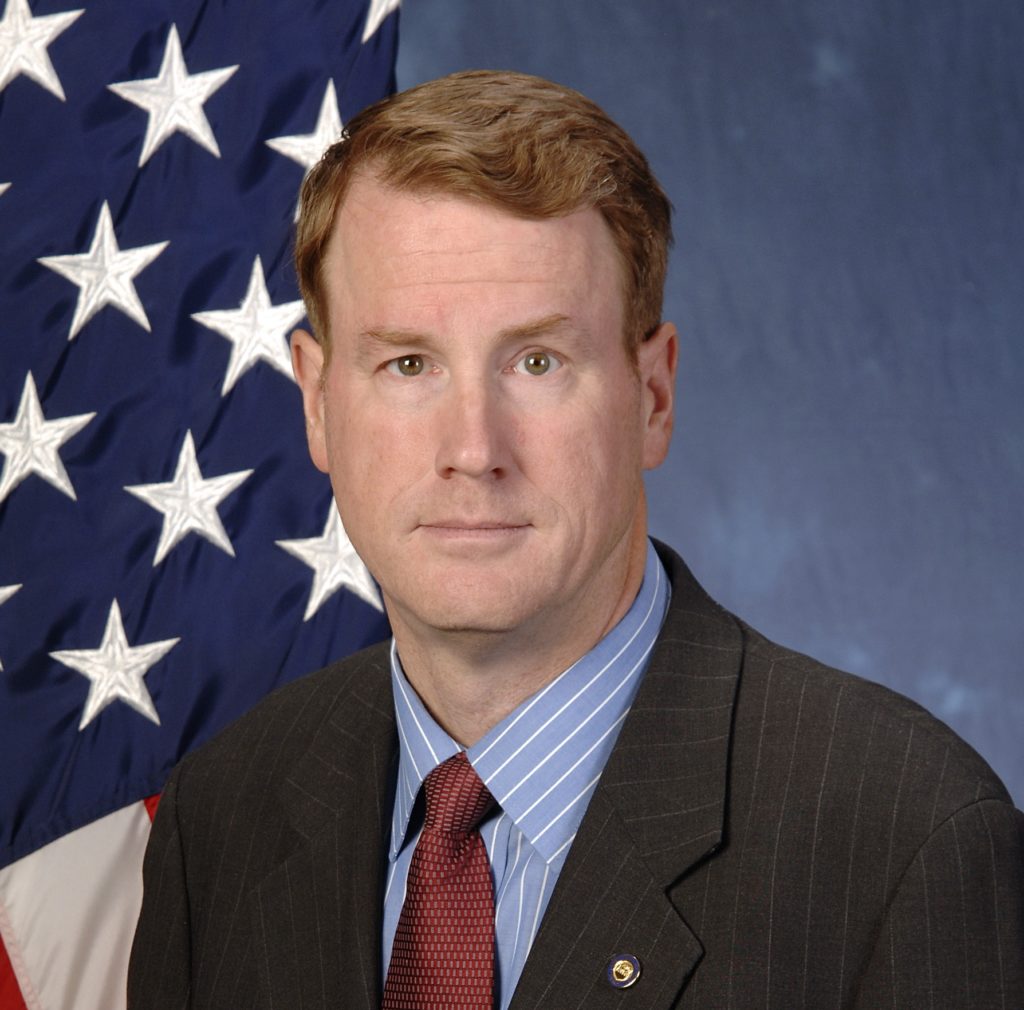End abuse of 340B, give consumers break with Rx costs | PODIUM

Joni Inman

Joni Inman
The federal 340B Drug Pricing Program — a noble idea first enacted in 1992 — needs to be brought back into the shop for retooling.
And now is the perfect time, with a new administration taking the reins in Washington, to seize the moment and lower health care costs in a significant way for consumers and those who need it most.
Abuse of the 340B prescription discount program is well documented. Multiple investigations (The New York Times, The Journal of the America Medical Association, many others) have uncovered unprecedented perversions. Billions of dollars are being diverted into hospital and corporate profits that should be channeled back to the intended purpose of providing needed discounts on prescription medicines to at-risk, underserved and low-income patients.
The needed repairs will end the exodus of pharmacies from under-served communities and put a halt to the questionable practice of hospitals acquiring qualified clinics as a cynical means to accessing the benefits 340B affords (and hoarding the resulting profits).
Stay up to speed: Sign up for daily opinion in your inbox Monday-Friday
The original cause was honorable. Passed in 1992, the 340B program sought to protect hospitals and patients from rising drug costs and to help safety-net hospitals care for low-income patients. The idea was eligible health care organizations could purchase drugs at a discount from manufacturers. In some cases, the discounts provided the hospital with a sticker price one-quarter to one-fifth of the original cost. Sometimes, the discounts were even deeper.
Today, the entire implementation and management of this legislation needs a fresh blast of accountability and thorough, unflinching transparency.
Hospitals should not be able to pay the discounted price for prescription drugs only to turn around and bill insurance companies for the full price (and pocket the difference). Also, the definition of what health care facilities are eligible to participate needs significant tightening.
How is it possible the original 500 or so “eligible facilities” has grown to some 10,000 — a 1,900% growth in 32 years? Either the definition of “eligible” facility is too slippery or there’s a significant lack of oversight. Or both. The growth alone should be a red flag. Today, 57% of all hospitals in the United States participate in 340B. And we are not talking about small potatoes. The discount program purchases in 2023 reached $66 billion — a 22% increase from 2022.
Many studies have found wealthy hospitals have leveraged the program even while they simultaneously reduce their service to needy patients. To compound the issue, hospitals are currently not required to report how the funds are used to support charity efforts and programs.
Oversight of 340B is, in a word, lax. Requirements for transparency and clear, accountable reporting are almost non-existent. Those in charge of administering this legislation should be able to guarantee to taxpayers low-income and uninsured patients are being served to the maximum extent under the law.
The new administration, with its professed claims to relieve burdens on American consumers, has a golden opportunity to achieve a big victory in the arena of health care reform by eliminating the opportunities for profiteering and making sure the legislation produces the results it was originally intended to deliver. We urge Congress, the incoming administration and federal policymakers to immediately take up the banner of ending 340B abuse in 2025 and work with us to leverage all we can to protect consumer healthcare and restore 340B benefits to the rightful patients.
Joni Inman is executive director of the Consumer Health Advocacy & Information Network, CHAIN, a non-profit organization representing the interests of health care consumers in Colorado, Nevada, Utah and Arizona.











